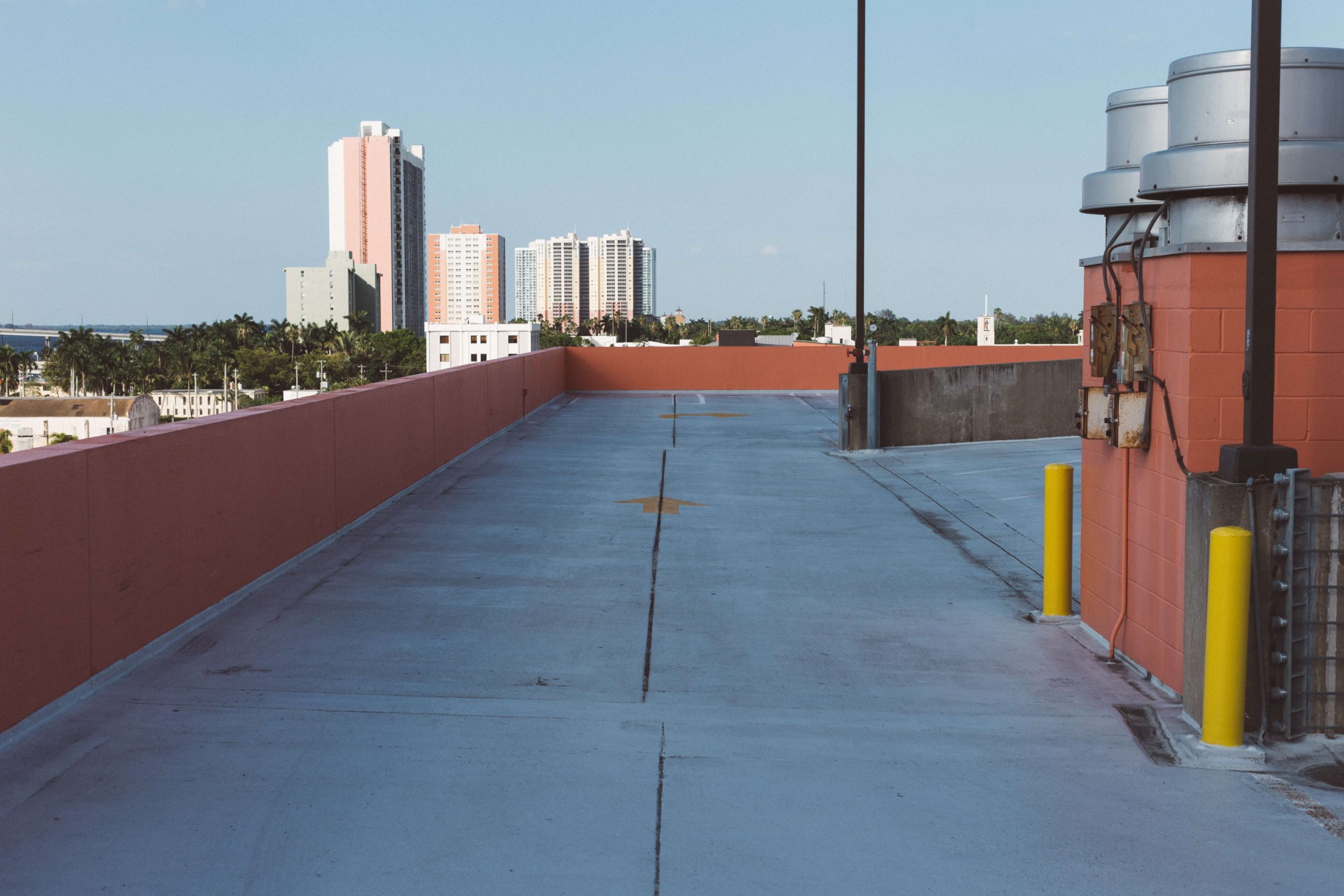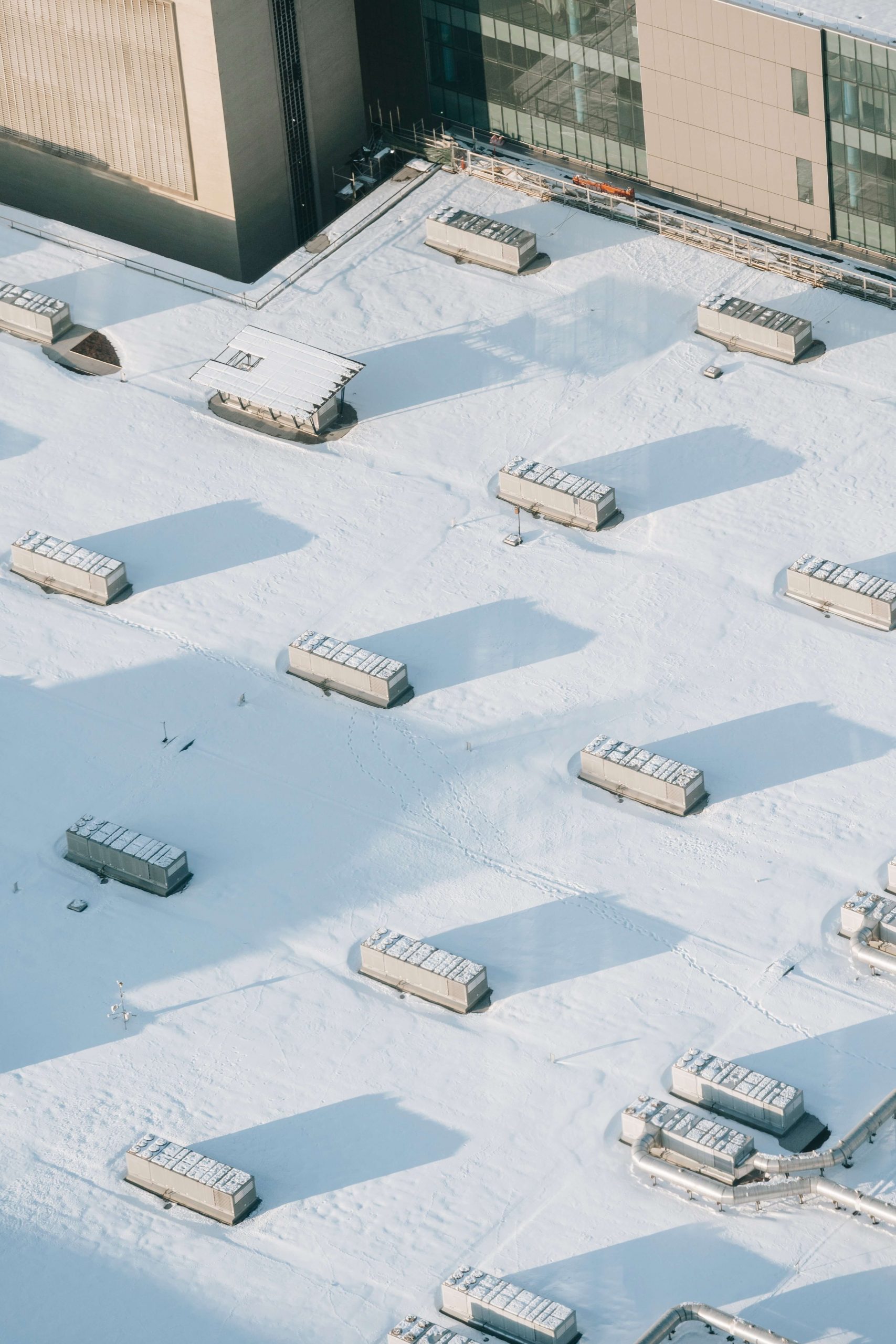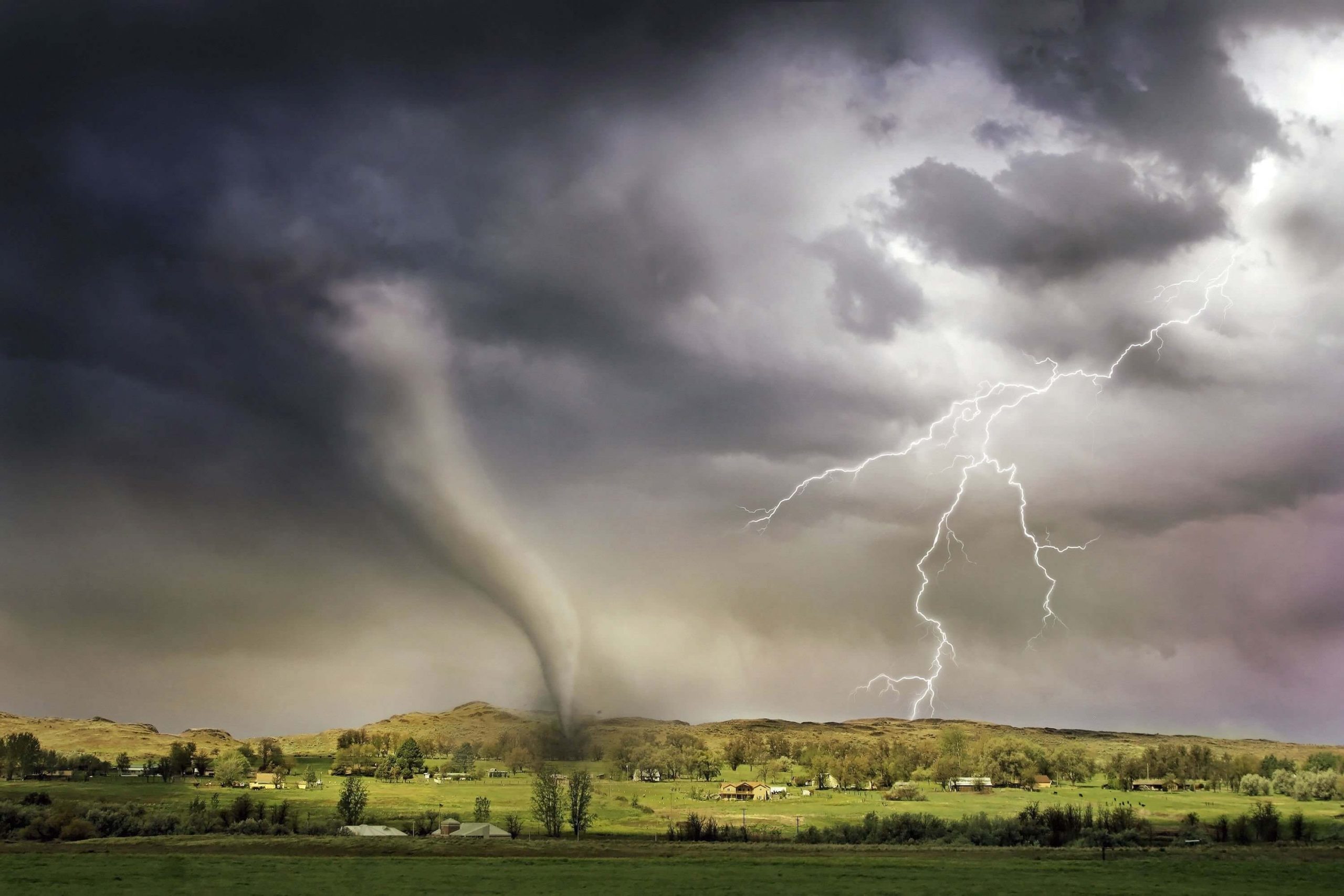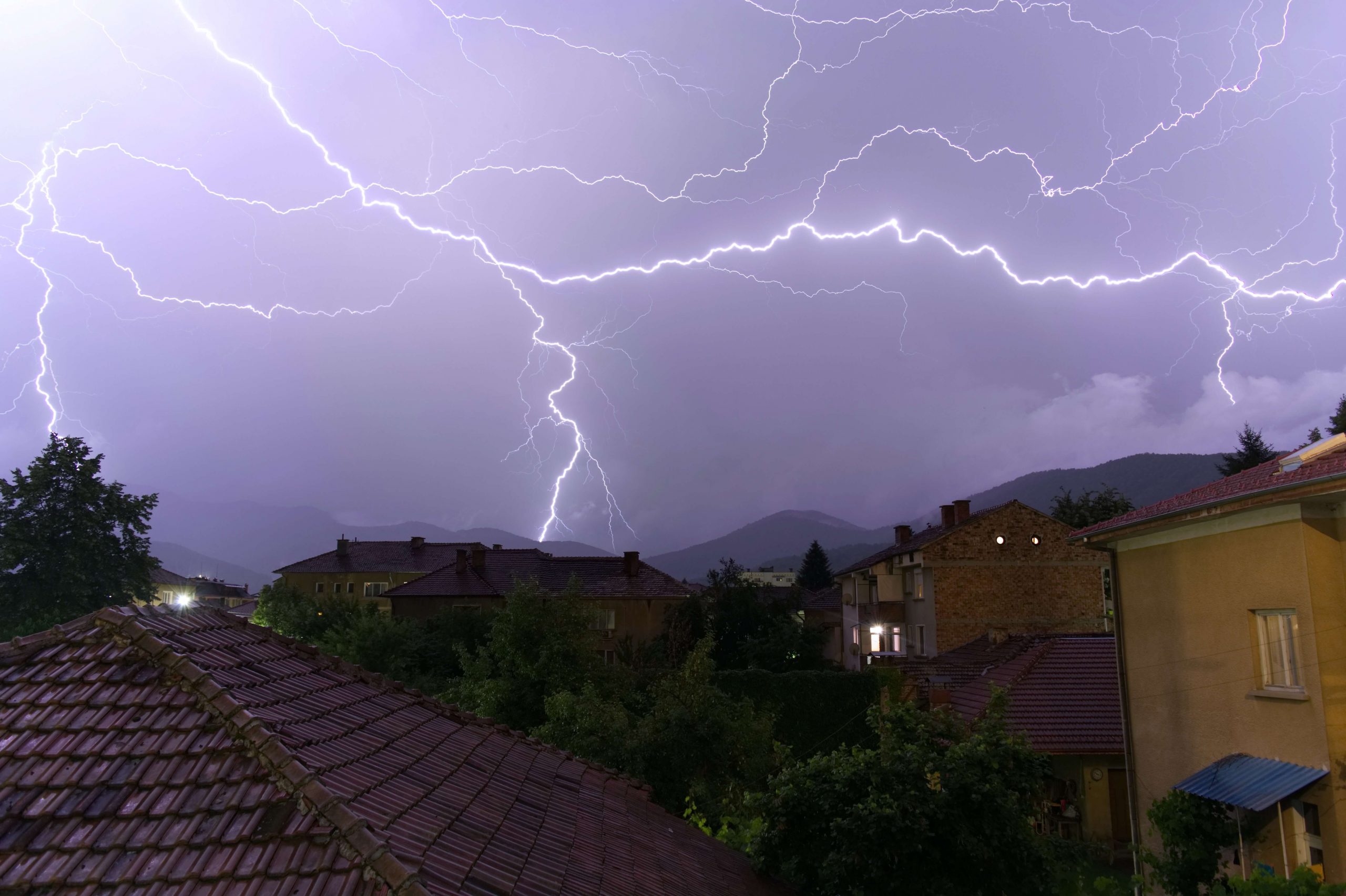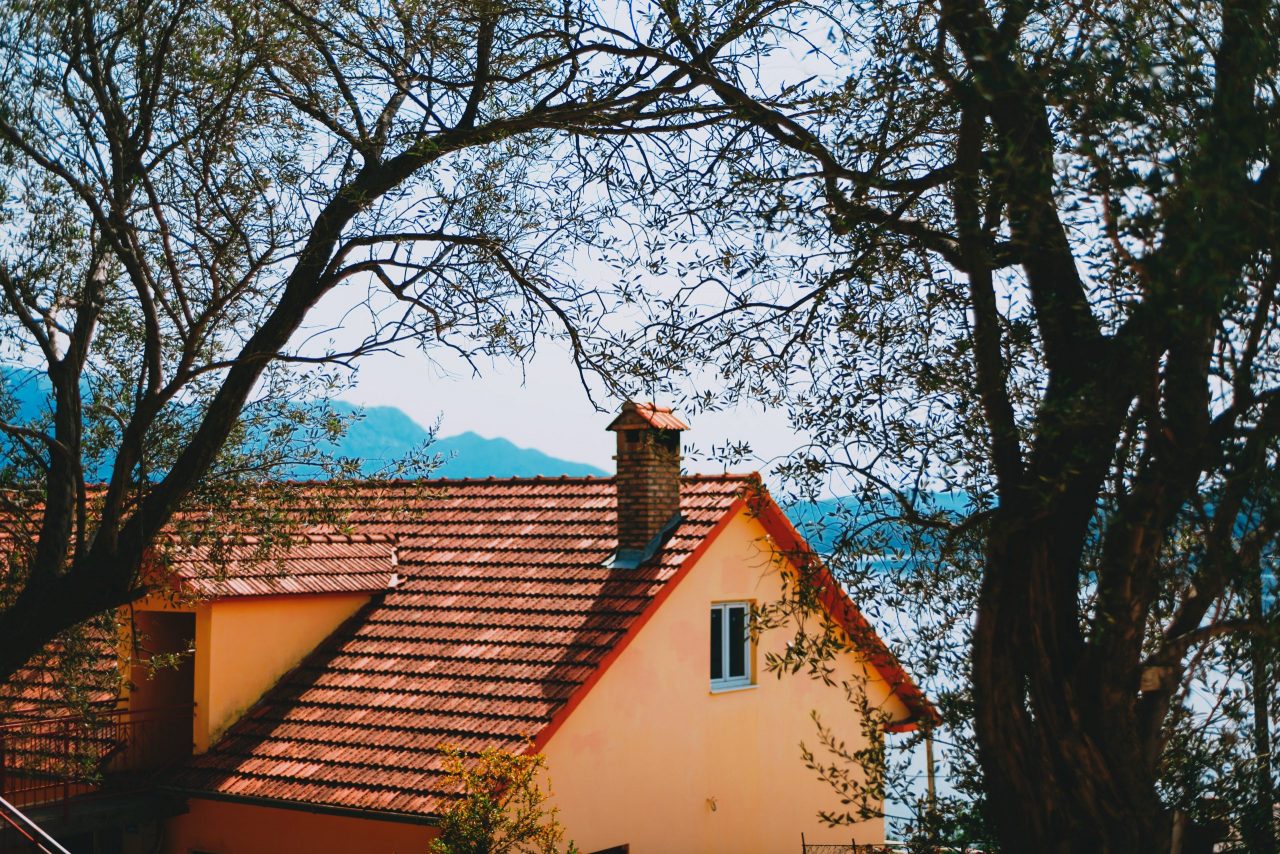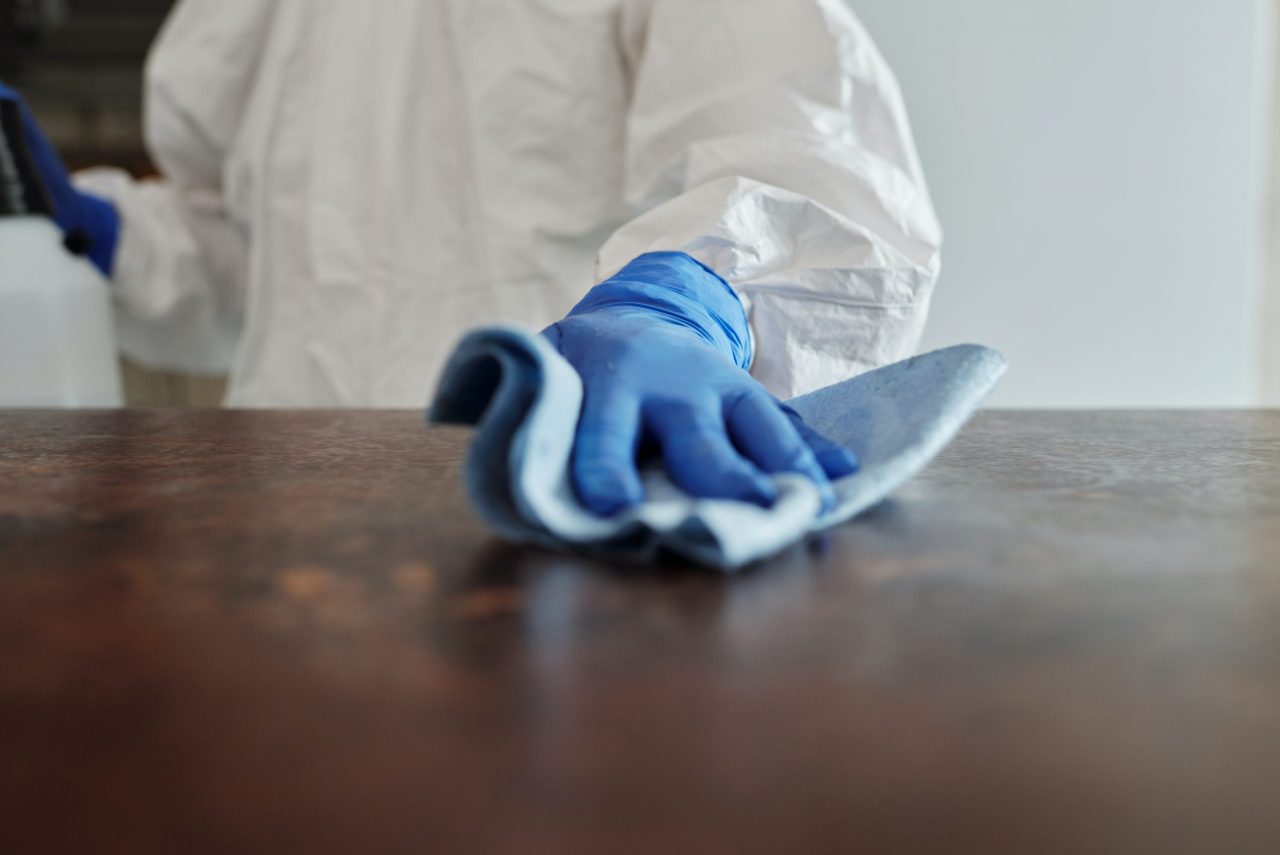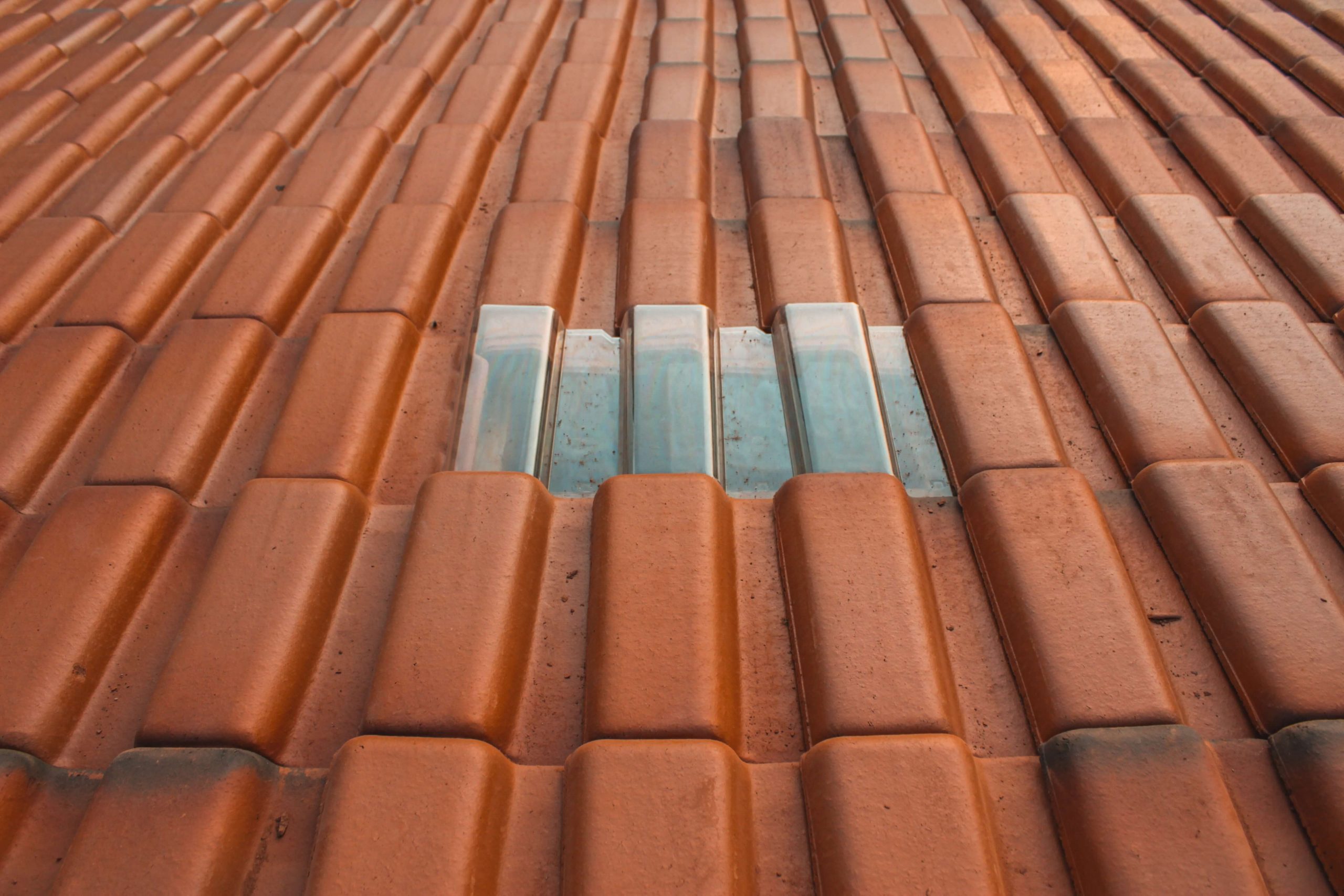
Three Steps Summarize What to Do When Your Commercial Roof Is Leaking
Often It starts small, with a drip in a doorway, a wet streak down a wall, a damp spot on the ceiling, a puddle on the floor. While shrugging off water intrusions as a simple annoyance or minor anomaly is common. That’s not a wise response. The appearance of a leak in your building is a clear indicator that something is wrong with your commercial roof. That’s a problem that can quickly compromise your capacity to do business and endanger your employees. What you should do is easy to remember: Figure out why; get it fixed. The best way to do that is by following three basic steps to fix your commercial roof leak.
1. Pinpoint the Cause
You may be asking yourself “What do I do with a Commercial Roof Leak?”
Any number of things could be the source of your roof leaking. A climate-related disaster is obvious. Even the toughest roofing system can’t fully withstand tornado-force winds, grapefruit-sized hail, hurricane-heavy rainfall, flying debris from disintegrating structures, or multiple feet of blizzard-driven snow. Fortunately, such natural catastrophes are rare.
More common are minute tears in a commercial roof’s surface or failures in flashings around penetrations for vents or skylights and along valleys and ledges. These may be small or hidden, which makes them lots tougher to identify. When such breaches happen, you end up with water running down your inside walls. Clogged drains, gutters, downspouts, and scuppers are another common issue. Water needs to move off your roof as quickly as possible rather than ponding for any period of time. Other common issues: Malfunctions with plumbing, heating, and cooling units housed on the commercial roof. Damage to the waterproof membrane from weather, foot traffic, trees, animals, and other situations. Flaws in the roof design or construction allow water to get through and saturate what’s below. Age is always a factor. Most commercial roofing systems last from 15 to 20 years. But at a certain point, they simply wear out.
When a commercial roof leak happens, your most important asset is an experienced, qualified, well-trained roofing professional. You want someone who is thoroughly versed in all types of commercial roofing systems. Someone who knows how and why they work. He or she stays on top of technical advances in the field and utilizes sophisticated detection equipment to diagnose your problem. Understanding local weather and working conditions and being current on regional codes and governmental regulations is required. Having financial information available is also important because the reality is, roof projects cost. Ideally, you already partner with a roofing contractor for annual roof inspections and routine maintenance. Then, when a special need arises, a pro who is well-acquainted with you and your business is quickly on the job.

2. Minimize Interior Damage
Taking quick action as soon as you detect water in your facility is important to containing the damage and controlling costs. Be sure to:
- Mark the leak’s point of entry while it’s occurring, using colored tape or chalk or some other substance you can easily see. Later, you may not be able to locate the leak when the water stops, and the area is dry. These visible marks help you and your contractor avoid wasting time hunting for the source. Remember that water is sneaky. It can run under a ceiling or flow along a pipe until a leak shows up far from the actual cause.
- Alert employees, get them away from water, and cordon off affected areas. Slip-and-fall incidents are largely avoidable with such simple precautions. Keep customers away too. Be vigilant for musty odors or foul smells as indicators of mold behind a wall or in overhead insulation. And keep people out of such areas so health is not at risk.
- Protect equipment, electronics, furniture, supplies, merchandise, artwork, and other goods by moving them out of the affected area. If items are too large or heavy to move, cover them with a tarp. Tarp the roof outside also to keep more water from coming in.
- Do a full walkthrough of your entire property to look for other leaks in the facility. Problems in one area could well be indicative of weaknesses elsewhere. If possible, complete such an inspection while it’s raining or snowing or blowing so it’s easier to spot signs of leaks.
- Call your insurance agent to discuss what’s covered under your policy. Interior damage from a roof leak may be included, as well as the cost of the repair. Review your warranties also. Depending on the cause of the leak, coverage related to materials and/or installation may be available. Your roofing partner can help in this regard. Be sure to take photos so you have documentation of what’s happening inside and out.
3. Complete the Repair
To minimize damage and losses, you and your roofing partner want to get a repair plan in place. Usually, that involves one of three options. Depending on the severity of the issue, you’ll repair the damaged area; restore the top coating or membrane; or replace the entire roofing system, including decking, insulation, drainage, flashings, and other components. The latter solution is the most extensive and expensive, but if the roof is old and really worn out, blown off, penetrated, or heavily damaged by a natural disaster or fire, that may be your only choice. Repairing the affected area is much easier and may be as simple as clearing debris from gutters, downspouts, and drains. Or replacing flashings around penetrations, along edges, and across openings and cracks. Or fixing the damaged portion of the roof. Restoring the membrane involves repairing or replacing the topmost waterproof coating, either completely or in part.
The importance of working with a trusted consultant becomes obvious at this point. Repairing a damaged area, for example, means matching new to existing materials since you can’t mix and match tar and gravel and TPO and PVC and EPDM in the same space. Restoring the membrane starts with knowing what kind of membrane is in place. Opting for replacement is a big decision that requires analysis of your entire enterprise. Cost implications are everywhere, from size and function of your complex, to accessibility of the roof, to the season of the year, to building codes, to long-term plans, to plenty more.
Odds are that sooner or later, your roof is going to spring a leak. When that happens, work on the problem by following the Figure out why; get it fixed formula. That helps you resolve the issue quickly and keep your business functioning and robust.

